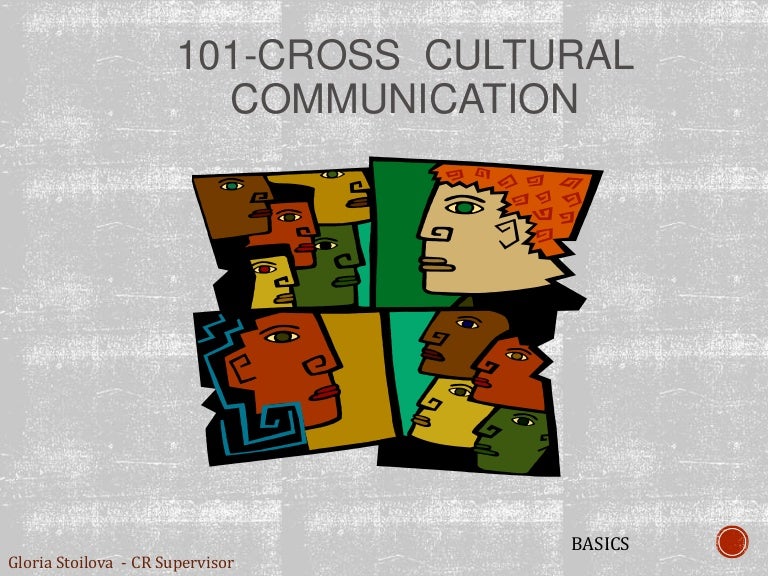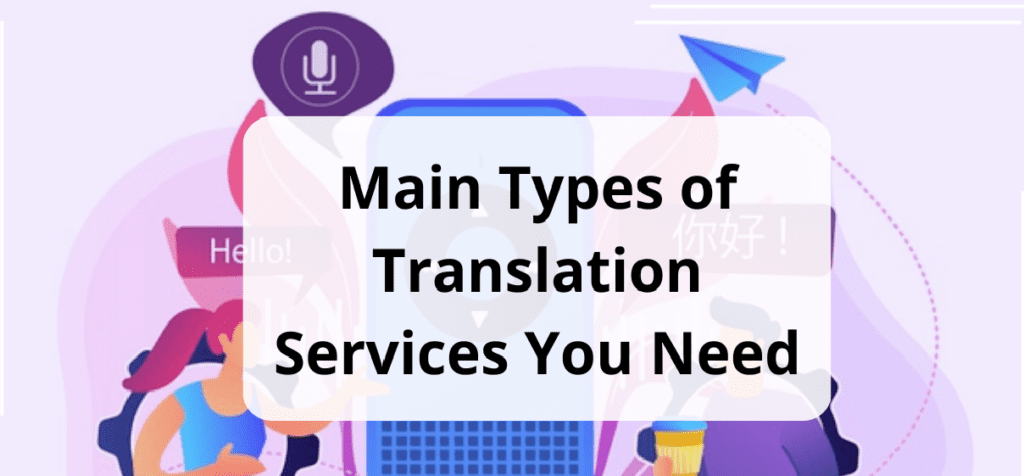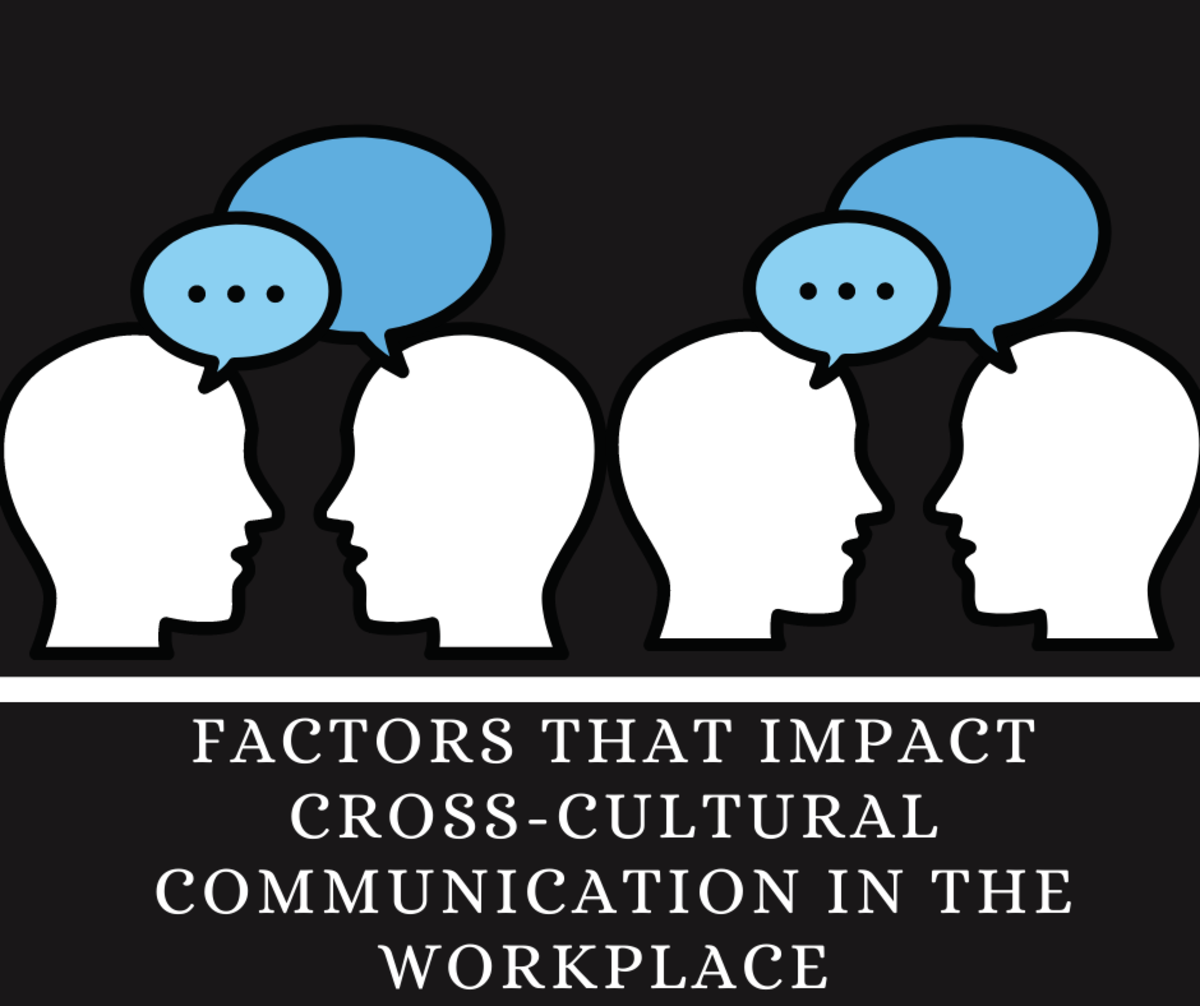Introduction:
Translation, as a dynamic and multifaceted process, stands at the crossroads of languages and cultures, serving as a vital bridge in our interconnected and globalized world. This comprehensive overview delves into the historical evolution, diverse applications, technological advancements, ethical considerations, and future prospects of translation. From ancient civilizations to the digital age, translation has played an indispensable role in facilitating cross-cultural communication, fostering understanding, and shaping the narrative of human interaction.
Historical Evolution of Translation:
The roots of translation can be traced back to ancient civilizations, where it emerged as a means of transferring knowledge and facilitating cultural exchange. In the early stages, religious texts played a significant role in translation, such as the translation of the Bible into different languages, contributing to the spread of Christianity. During the Hellenistic period, the translation of Greek philosophical and scientific texts into languages like Arabic laid the groundwork for the transmission of knowledge across cultures.
The Middle Ages witnessed a surge in translation activities, particularly in the Islamic world, where scholars translated classical Greek and Roman texts into Arabic. In Europe, Latin served as the lingua franca for scholarly communication, and translations of classical works into Latin enabled the transfer of knowledge from ancient civilizations to medieval scholars.
The Renaissance marked a turning point in the history of translation, with a renewed interest in classical texts. Translators sought to bring the wisdom of ancient Greeks and Romans to a wider audience by translating these works into vernacular languages. The translation of literary and scientific texts during this period contributed to the revival of learning and the expansion of cultural horizons.
Translation in the Contemporary World:

In the contemporary era, translation has become an indispensable tool in various domains, responding to the demands of a globalized and interconnected society. The following sections explore the diverse applications of translation in diplomacy, business, literature, technology, and education.
- Diplomacy:Translation plays a pivotal role in diplomatic communication, ensuring accurate and nuanced exchanges between nations. Diplomats rely on skilled translators to facilitate negotiations, interpret international agreements, and navigate the complexities of cross-cultural dialogue. The accuracy of translation in diplomatic contexts is paramount, as misunderstandings can have far-reaching consequences.
- Business:Globalization has transformed the business landscape, making translation a key component of international trade and commerce. Businesses use translation services to communicate with customers, negotiate deals, and adapt marketing materials to different cultural contexts. Localization, a specialized form of translation, involves adapting content not only linguistically but also culturally to resonate with specific target audiences.
- Literature:Literary translation serves as a cultural bridge, allowing readers around the world to access and appreciate works from different linguistic traditions. Translators face the challenge of preserving the author’s voice, style, and cultural nuances while making the text accessible to a new audience. Literary translation contributes to a rich tapestry of global literature, offering diverse perspectives and fostering cross-cultural understanding.
- Technology:Technological advancements have significantly influenced the field of translation. Machine translation tools, such as Google Translate, have become widely accessible, providing quick and basic translations. While these tools offer convenience, they come with limitations, particularly in preserving cultural nuances and context. Professional translators leverage computer-assisted translation tools to enhance efficiency, manage large volumes of text, and ensure consistency in terminology.
- Education:Translation plays a vital role in education by facilitating the exchange of knowledge across linguistic and cultural boundaries. Translating educational materials makes diverse perspectives accessible to learners, enriching their understanding of different cultures and traditions. Additionally, translation helps students develop language proficiency, cross-cultural competence, and a broader worldview, preparing them for global citizenship.
The Role of Technology in Translation:
The technological landscape has revolutionized the field of translation, introducing both challenges and opportunities. Machine translation, powered by artificial intelligence, has gained prominence, offering quick and automated translations. Platforms like Google Translate, DeepL, and Microsoft Translator have become widely used for basic communication needs.
Despite the advancements in machine translation, the human touch remains irreplaceable, especially in contexts that demand cultural sensitivity, creativity, and a nuanced understanding of language. While automated tools can handle straightforward translations, they often struggle with idiomatic expressions, cultural nuances, and the subtleties of creative texts. As a result, professional human translators continue to play a crucial role in ensuring accurate and contextually relevant translations.
Computer-assisted translation (CAT) tools have also become integral to the translation process. These tools aid human translators by facilitating collaboration, managing large volumes of text, and ensuring consistency in terminology. CAT tools, coupled with machine translation, have streamlined the workflow of translators, allowing them to focus on tasks that require human intuition and cultural understanding.
Challenges and Ethical Considerations:
Translation, despite its indispensable role, is not without its challenges and ethical considerations. The following sections discuss some of the key challenges faced by translators and the ethical dimensions inherent in the practice of translation.
- Cultural Nuances and Context:One of the primary challenges in translation is the preservation of cultural nuances and context. Translators must navigate the delicate balance between fidelity to the source text and making necessary adaptations for the target audience. Cultural expressions, idioms, and references may not have direct equivalents in another language, requiring creative solutions to convey the intended meaning without distortion.
- Misinterpretation and Accuracy:Achieving accuracy in translation is paramount, especially in contexts such as legal, medical, or technical translation, where precision is crucial. Misinterpretations can lead to serious consequences, ranging from legal disputes to medical errors. Professional translators undergo rigorous training to develop expertise in specific domains, ensuring that they can accurately convey complex information.
- Censorship and Bias:The issue of censorship and bias in translation raises ethical concerns. Translators may encounter situations where they are pressured to modify or omit certain content to align with political, cultural, or ideological agendas. Striking a balance between faithfulness to the source text and navigating external pressures requires ethical discernment and a commitment to upholding the integrity of the translation process.
- Linguistic Diversity and Inclusivity:The world is home to a vast array of languages, including many minority and endangered languages. Translation efforts often prioritize major languages, leaving smaller linguistic communities at risk of marginalization. The challenge lies in promoting linguistic diversity and inclusivity, recognizing the value of all languages and ensuring that translation efforts extend to languages beyond the global lingua franca.
Impact on Cross-Cultural Understanding:

Translation serves as a powerful instrument for fostering cross-cultural understanding and bridging the gaps between diverse linguistic communities. The impact of translation extends beyond mere linguistic conversion; it facilitates the exchange of ideas, values, and experiences. By breaking down language barriers, translation contributes to mutual respect, appreciation, and the dismantling of stereotypes.
- Diplomacy and International Relations:In the realm of diplomacy, accurate translation is indispensable for preventing misunderstandings that could lead to diplomatic crises. Effective communication between nations requires not only linguistic proficiency but also an understanding of cultural nuances and diplomatic protocol. Translation contributes to peaceful and constructive dialogue, fostering cooperation and mutual understanding on the global stage.
- Literary Exchange and Cultural Enrichment:Literary translation enables readers to explore the rich tapestry of world literature. Translated works offer diverse perspectives, allowing readers to immerse themselves in the cultural landscapes of different societies. The exchange of literature fosters cultural enrichment, challenging preconceptions and promoting empathy by providing a window into the lives and experiences of others.
- Global Business and Commerce:In the business world, accurate translation is essential for establishing and maintaining international relationships. Businesses that invest in quality translation services gain a competitive edge by effectively communicating with diverse audiences. Localization, a specialized form of translation, ensures that products and marketing materials resonate with the cultural sensibilities of specific target markets.
- Educational Exchange and Knowledge Transfer:Translation plays a crucial role in educational exchange by facilitating the transfer of knowledge across linguistic and cultural boundaries. Educational materials, research findings, and academic publications are made accessible to a global audience through translation. This exchange of knowledge contributes to the cross-pollination of ideas, innovations, and intellectual advancements.
Future Prospects and Adaptations:
As the world continues to evolve, the future of translation is marked by both challenges and opportunities. The following sections explore the potential trajectories and adaptations that the field of translation may undergo in the coming years.
- Advancements in Technology:The integration of technology, particularly artificial intelligence, will continue to shape the landscape of translation. Machine translation tools are likely to become more sophisticated, addressing some of the current limitations related to context and cultural nuances. However, the human element in translation, with its capacity for creativity, cultural understanding, and adaptability, will remain indispensable.
- Professional Development and Training:The evolving landscape of translation will necessitate adaptations in professional development and training programs. Translators of the future may need to acquire not only linguistic proficiency but also technological skills to navigate the integration of machine translation tools. Training programs should emphasize the importance of cultural competence, ethical considerations, and the ability to adapt to evolving linguistic landscapes.
- Linguistic Diversity and Inclusion:Efforts to preserve and promote linguistic diversity will likely gain momentum. The field of translation can contribute to these efforts by recognizing the value of all languages, including minority and endangered languages. Initiatives that support translation into and from less widely spoken languages will contribute to a more inclusive and representative global discourse.
- Humanitarian Translation:Humanitarian translation, which involves translating information related to crises, emergencies, and humanitarian aid, is an emerging area of focus. The importance of accurate and timely translation in these contexts cannot be overstated, as it directly impacts the effectiveness of humanitarian interventions. Translators working in these situations may face unique challenges, such as time constraints and the need for sensitivity to cultural nuances.
Conclusion:

In conclusion, this comprehensive overview of translation underscores its pivotal role in our interconnected and globalized world. From its ancient roots as a conduit for cultural exchange to its contemporary applications in diplomacy, business, literature, technology, and education, translation has been a constant companion in the evolution of human communication. The integration of technology, coupled with the ethical considerations and challenges faced by translators, highlights the dynamic nature of the field.
As we gaze toward the future, the trajectory of translation is shaped by the ongoing interplay between human expertise and technological advancements. The recognition of linguistic diversity, the promotion of inclusivity, and the commitment to ethical standards will be pivotal in navigating the complexities of translation in the years to come. Ultimately, translation stands as a testament to the enduring human quest for understanding, connection, and shared knowledge across the boundaries of language and culture.

